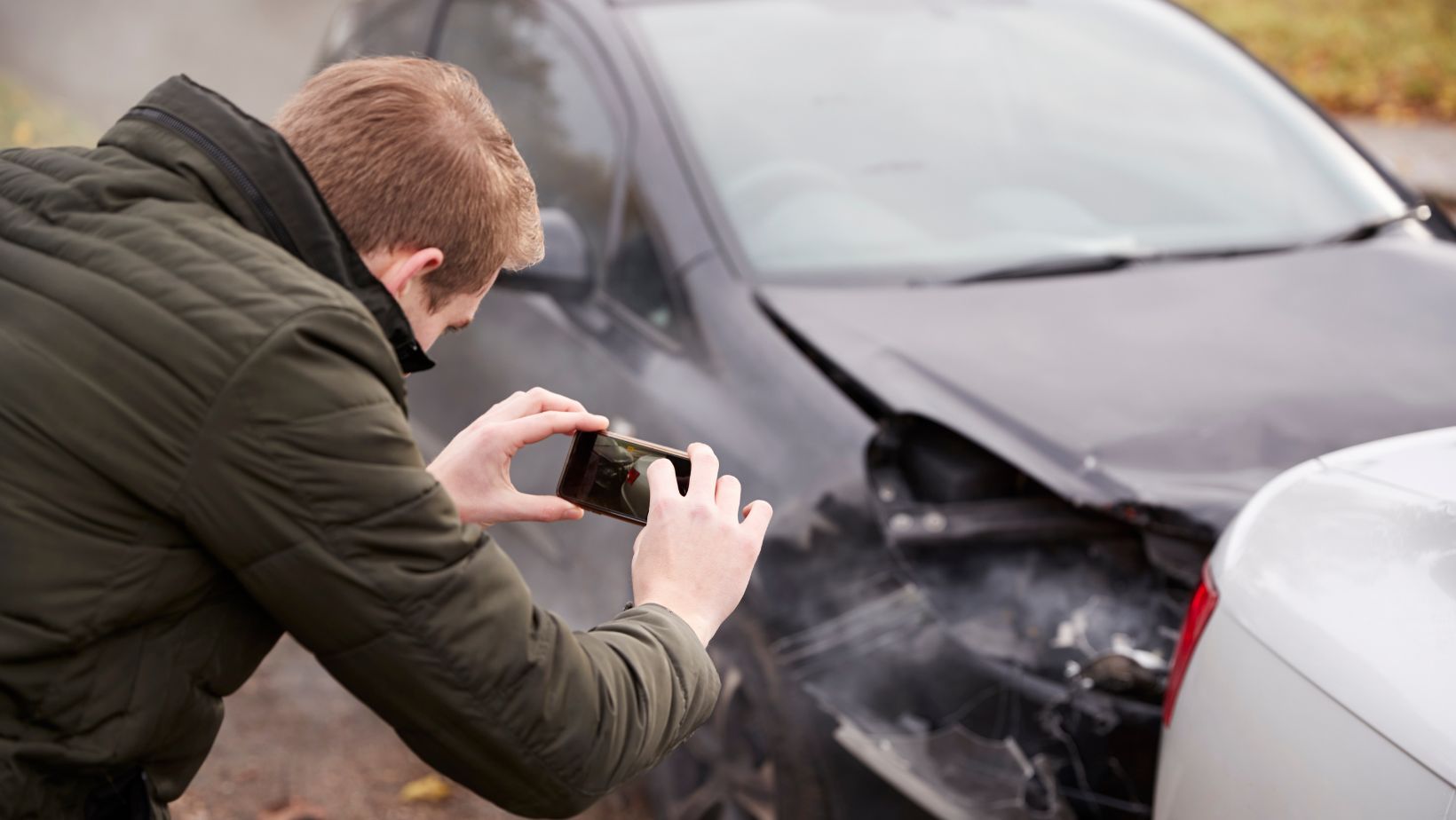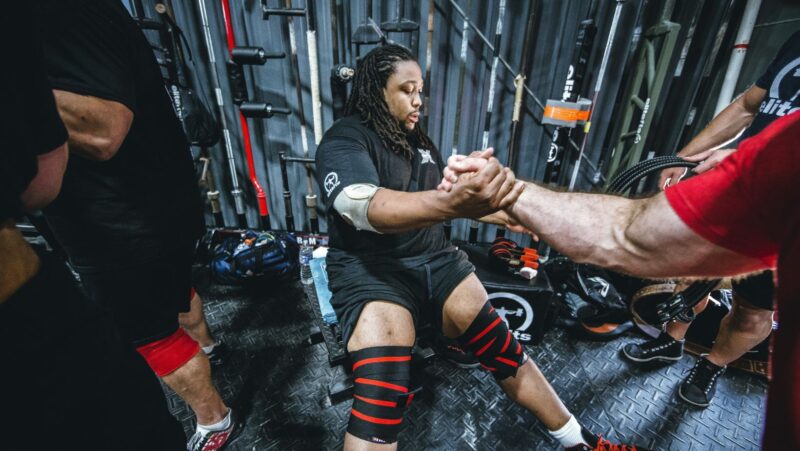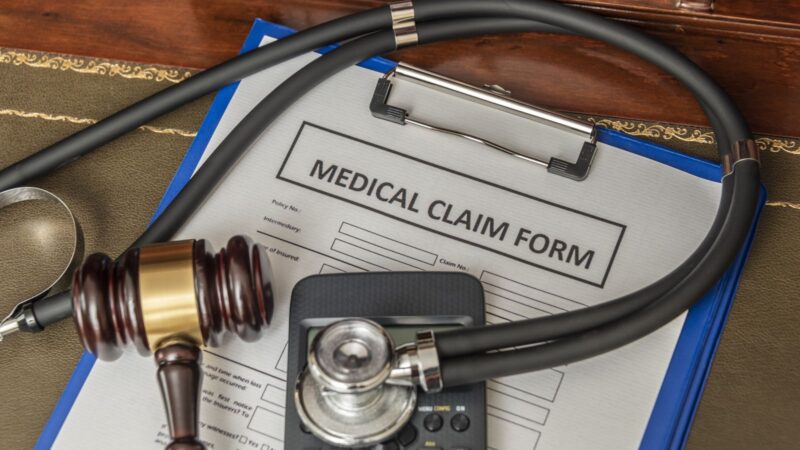
Accidents can be stressful, and proving that you’re not at fault adds another layer of complexity. In the UK, making sure a non-fault accident is recognized correctly by your insurance company or the authorities can significantly impact your claim and financial outcome. This guide will walk you through essential tips to prove you’re not to blame and make the process as smooth as possible.
Gathering Evidence at the Scene
The first step in proving a non fault accident is to collect as much evidence as possible right at the scene.
Photographic Evidence: Start by taking clear photos of everything around you. Capture the damage to all vehicles involved, the position of the vehicles, and any road conditions that might have contributed to the accident. These photos will serve as critical evidence for your claim.
Witness Statements: If there are any witnesses to the accident, get their contact details and ask them to provide a brief statement. Witnesses can offer unbiased accounts of the incident, which can be invaluable in proving your case.
Police Reports: If the police were called to the scene, they would provide a report detailing their findings. This report often includes information about who they believe is at fault based on their observations and statements from those involved. Make sure to obtain a copy of this report, as it can be crucial in substantiating your claim.
Documenting the Incident
Thorough documentation is key to a successful claim.
Accident Details: Write down everything you remember about the accident, including the date, time, location, and what led up to the collision. This record can help piece together the events and support your evidence.
Vehicle Information: Gather details about all vehicles involved, including registration numbers, make and model, and insurance details. This information will be necessary when reporting the accident to your insurer or if legal action is required.
Injuries and Damages: Document any injuries you or passengers sustained and any damage to your vehicle. Collect medical reports and repair estimates to support your claim for compensation.
Using Technology to Your Advantage
Modern technology can play a significant role in proving a non-fault accident.
Dash Cams: A dash cam can provide a clear, unbiased view of the accident as it happened.

This footage can be a powerful piece of evidence to prove your non-fault status. If you don’t already have one, it’s worth considering investing in one for future protection.
Mobile Apps: There are several apps available that can help you document accidents, track the claims process, and even store important documents. Look for apps that offer features like accident reporting, evidence collection, and communication tools.
Why Honesty is the Great Policy in Car Accident Claims
Being in a car accident isn’t just scary. It’s also expensive. If your vehicle has been badly damaged, you can be in a position where you can’t afford the repair bill. But you need a ride to get to work and deal with your daily life. There’s a temptation to exaggerate what happened, and people believe they can get more compensation.
From the beginning, you should realize that this isn’t going to work. Know that the truth always comes out in the end. Being honest about what happened is always the best policy. If the accident wasn’t caused by your actions, you should stick to your guns. But, if you do believe your actions may have contributed, it’s best to explain this situation to an expert. Here are some things you need to know.
The Evidence Shows
Remember that all of the evidence will be examined in a car accident claim. Your story and the third party will be analyzed. Then, the damage to the vehicles will be explored. In some cases, there will be witnesses that come forward and even dashcam footage showing what happened. Experts know what they’re looking for, and if you lie about what happened, this will be found out. Therefore, being honest ensures that you don’t jeopardize your case.
You Can Relax
If you’ve been exaggerating and making up the story about the car accident, you’re going to feel on edge about the process.

You won’t know if you’ve gotten away with the story or not. But, when you tell the truth, you’re going to feel relaxed about the process. You know you’re being truthful about what happened, and this can allow you to wait and find out without being on edge.
You Get the Right Compensation
There are too many risks when you lie during the car accident claims process. If you want to ensure you get the right amount of compensation, it’s best to be honest. You’ll know that the right amount of money is coming to you, and this is what you deserve.
Conclusion
Proving a non-fault accident requires careful documentation and clear communication. By gathering evidence, documenting the incident thoroughly, and using technology to your advantage, you can support your claim effectively. Stay organized, avoid common pitfalls, and seek legal advice if needed to ensure the best outcome for your case.










